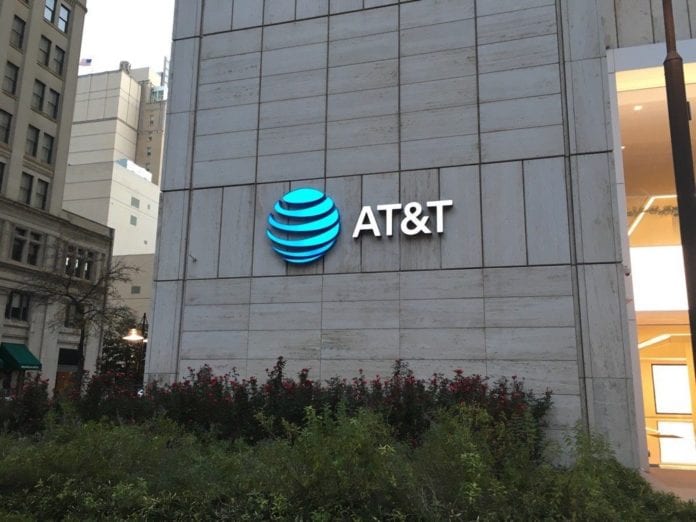FirstNet build also supports growth in consumer market
Using its deployment of FirstNet to provide a dedicated, nationwide network to first responders, AT&T can reach deeper into rural consumer markets that typically fall to chief competitor Verizon, according to AT&T Communications CEO John Donovan. Speaking with Craig Moffett at the MoffettNathanson 5th Annual Media & Communications Summit, Donovan highlighted the competitive carrier dynamics associated with AT&T’s FirstNet build.
“T-Mobile much more urban, Verizon much more rural,” Donovan said. “FirstNet gives us a great opportunity to go into the rural markets because not only will we be building the network for first responders, it dawned us that we should also be putting up stores and going after the consumers. I think Verizon’s going to have its hands full with our strategy going forward in the more rural areas.”
He said network investment hit around $140 million in the first quarter of 2018 and will reach around $2 billion by the end of the year. “We’re really getting into a ramp on the build,” Donovan said. “We’re going out and touching the towers, at the same time we’re deploying all our spectrum. It’s one touch for all the bands. The footprint is beginning to grow.”
In terms of adding subscribers, Donovan said the strategy is to switch municipal and county entities over to AT&T’s LTE network through offers of a dedicated FirstNet core, ability to fall back onto the larger commercial network and features like pre-emption. “We anticipate starting this year, in ’18, to build wireless customer growth from those.”
Donovan also provide updates on AT&T’s 5G initiatives and pending merger with Time Warner.
On the former: “We’re starting to figure out things like foliage coverage and how do you configure a network, how does the meshing of a multi-node network work? There’s been no surprises on the down side on speed. Now it’s basically working the math; it’s the math of the use cases and the deployment strategy…We’ve been really, really pleased. This one has had the fewest surprises, despite moving at probably the fastest pace our industry has moved.”
To the latter: “Now it’s in the hands of the courts. June 12 is the date we’re all eagerly awaiting. I think the only thing that has happened is a lot of the things we believed were going to unfold have unfolded. A lot of the premise that we had on the environmental conditions, if you will, have held true and certainly the nature of competition and the innovation continues to not only proliferate but speed up.”
Back to the dynamics shaping the Tier 1 carrier market, Donovan gave his take on the proposed Sprint/T-Mobile US merger. “We certainly won’t contest it. Each of the competitors out there is embarking on a very different strategy. You have a bunch of things that are tectonic shifts occurring at the same time. I think each of us has embarked on a slightly different version and so I think for any merger activity in our industry is going to be a simultaneous challenge and a simultaneous opportunity. I think that the landscape in wireless is as exciting as any time in my career.”

